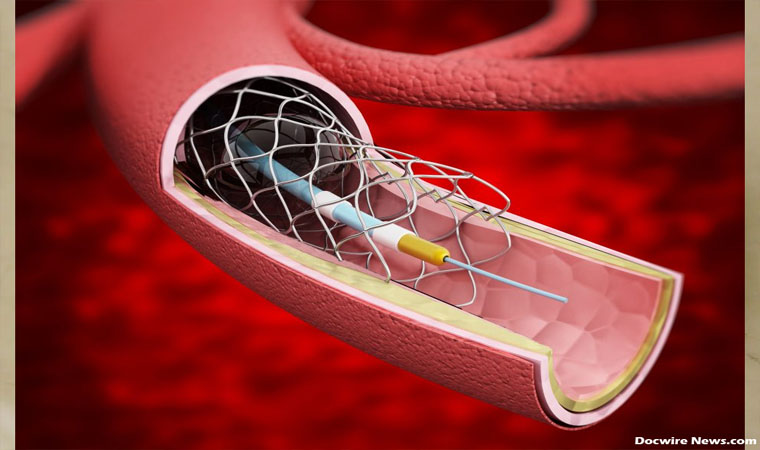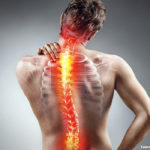Angiography is a technique of the heart to review the chambers of the guts. The main interest in performing an angiographic procedure would be to examine the arteries, veins, and veins. The main principle is to insert an opaque liquid in the blood and capture contrasting images with the help of x-ray technologies. The method is effective in obtaining useful details about the center, brain, and other such sensitive regions of the body. The surgical procedure is noninvasive and contains the sedative is administered on the patient intravenously. Abnormal conditions in the arteries and veins might be studied by this method.
Angiography is a crucial medical examination but as well, it can some complications. Although complications are rare for a procedure performed for coronary examination, the possible problems normally include bleeding, pain, and infection. The healthcare experts who perform this examination on the patients are very well experienced and trained. Nevertheless, within the rarest of cases, damage to arteries is possible. A computer called the catheter is inserted into the involved area. Now, the possible damage to arteries is possible once this catheter scrapes its walls. Some cases have reportedly been fatal.
Moreover, angiography is based on the principle of entering an alien agent into the body. The fluorescent dye that is entered to the body for your radiographic images is surely an alien agent which can or might not be received well. Allergic reactions are possible post-surgery. Sometimes, the kidney activities may take a hit. Some of the difficulties the patient may face are rather uncommon. One such difficulty is an abnormal heartbeat. The rate of beating could become irregular, but this often becomes normal eventually. Another rare occurrence is blot clots. Blood clots are dangerous given that they may cause blockages within the stream of blood, before cardiac arrest.
There are various types of angiographies performed on patients for several reasons. The cerebral angiography can be a method to check the mind while the coronary type is good for the heart. Both are essential. The pulmonary angiographic way is used for your inspection of the lungs. All medical processes managing sensitive and vital parts of the body are critical. The patient and also the surgeon will have to face the hazards. Nevertheless, it is usually better to come with an optimistic approach and also to stay updated with all the top medical news and technologies to ensure that it’s possible to understand the positives and negatives of such testing.











